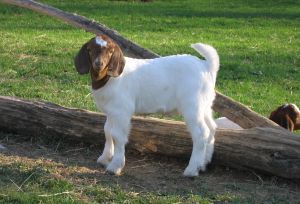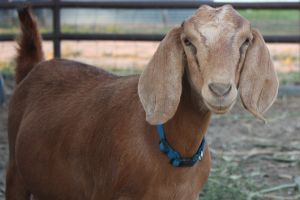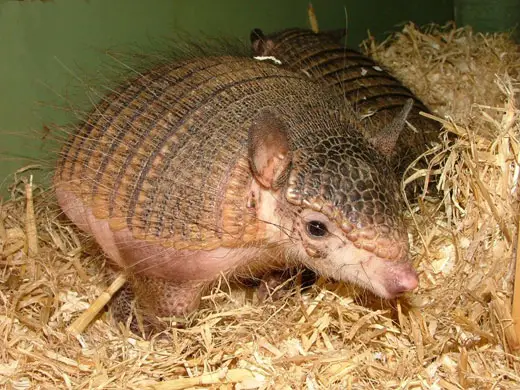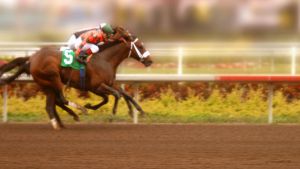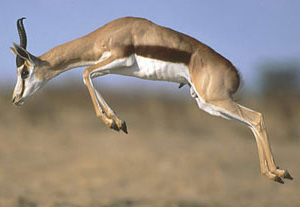Boer Goat
Developed in South Africa in the 1900’s primarily for meat production, the Boer Goat’s name is derived from the Dutch word, “Boer” which means farmer. It is thought that Boer Goat was a hybrid whose roots include indigenous goats from the Fooku and Namaqua Bushmen, as well as some European and Indian goats. They were selected for their meat production, so due to selective breeding and other genetical improvements, the Boer goat has a fast growth rate and has excellent carcass qualities in order to make it one of the most popular goats used for meat production in the world.
Fortunately, Boer goats have a high resistance to disease. In addition, it can adapt well to dry semi-desert environments. It is bred in several countries around the world other than South Africa, such as New Zealand and the USA.
You can distinguish the Boer goats from its other relatives because they have white bodies, but distinctive brown heads. It also has long, pendulous ears similar to the Nubian goat. Boer goats also have high fertility rates, grow fast, and are docile. Does of this breed are known to have good mothering skills. A mature buck weighs between 110 to 135 kg, while a mature doe weighs about 90 – 100 kg.
Goats raised for meat production purposes are browsers, as they prefer shrubs, weeds, and bushes compared to grass. Boer Goats are raised in pastures, for 2 reasons. The first reason is that pastured goats are healthier than pen-raised goats. The second reason is that pastured goats are cheaper to raise than ones in pens because they just eat weeds and b rush instead of commercial feed. As a result, it is ideal to raise them on a ground that is capable of year-round grazing, and just supplement the goats with any other additional minerals it may need. Another plus point for farmers is that it can be raised with sheep or cattle.
There are several types of trace minerals that farmers may use to supplement their Boer goats. The most important is copper, because if goats are deficient in this mineral, they will get lethargic, and suffer diarrhoea, anaemia, infertility, and spontaneous abortions.
As mentioned above, Boer goats are bred primarily for their meat. However, some of these goats are used as show goats. These particular show goats are bred for specific visual appearances, so the Boer goats that were imported into the USA were from different countries such as South Africa and New Zealand. The purpose of this is to breed animals to show them to the public. They can also be used for commercial breeding stock, to create Boer goats with more desirable qualities.
In more popular culture, the Boer Goat has appeared on Facebook, in a game application called Farmville. In Farmville, you can adopt this animals from a FarmVille neighbour’s newsfeed. If you discover the goat on your farm, you cannot keep it for yourself. However, Farmville is actually incorrect as the Boer Goat is harvested for milk in this game instead of meat.
